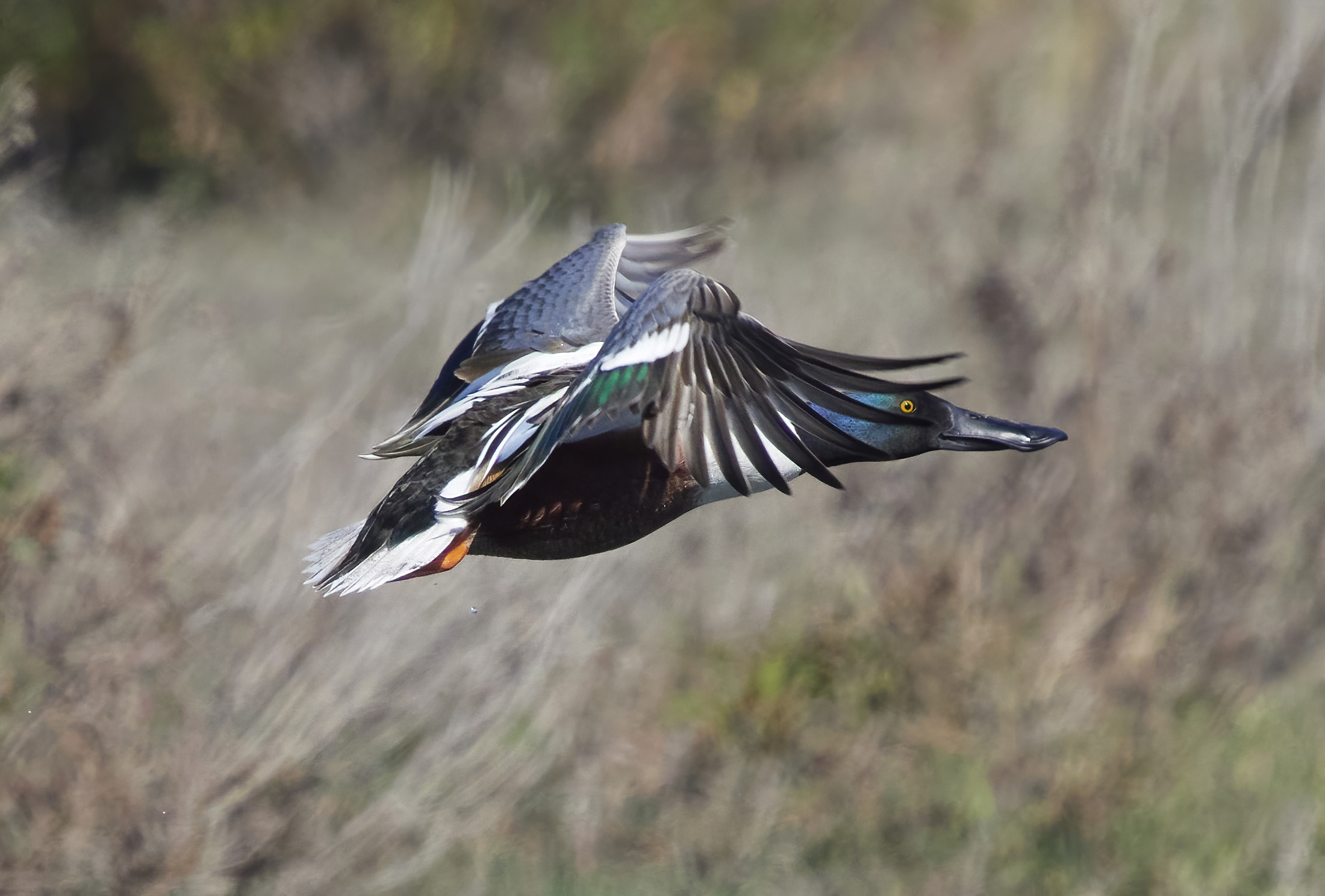Just like humans, a passing Mallard photobombs the mating pair
Sony A1 rig. 1/3200, F9, iso1600, 840mm
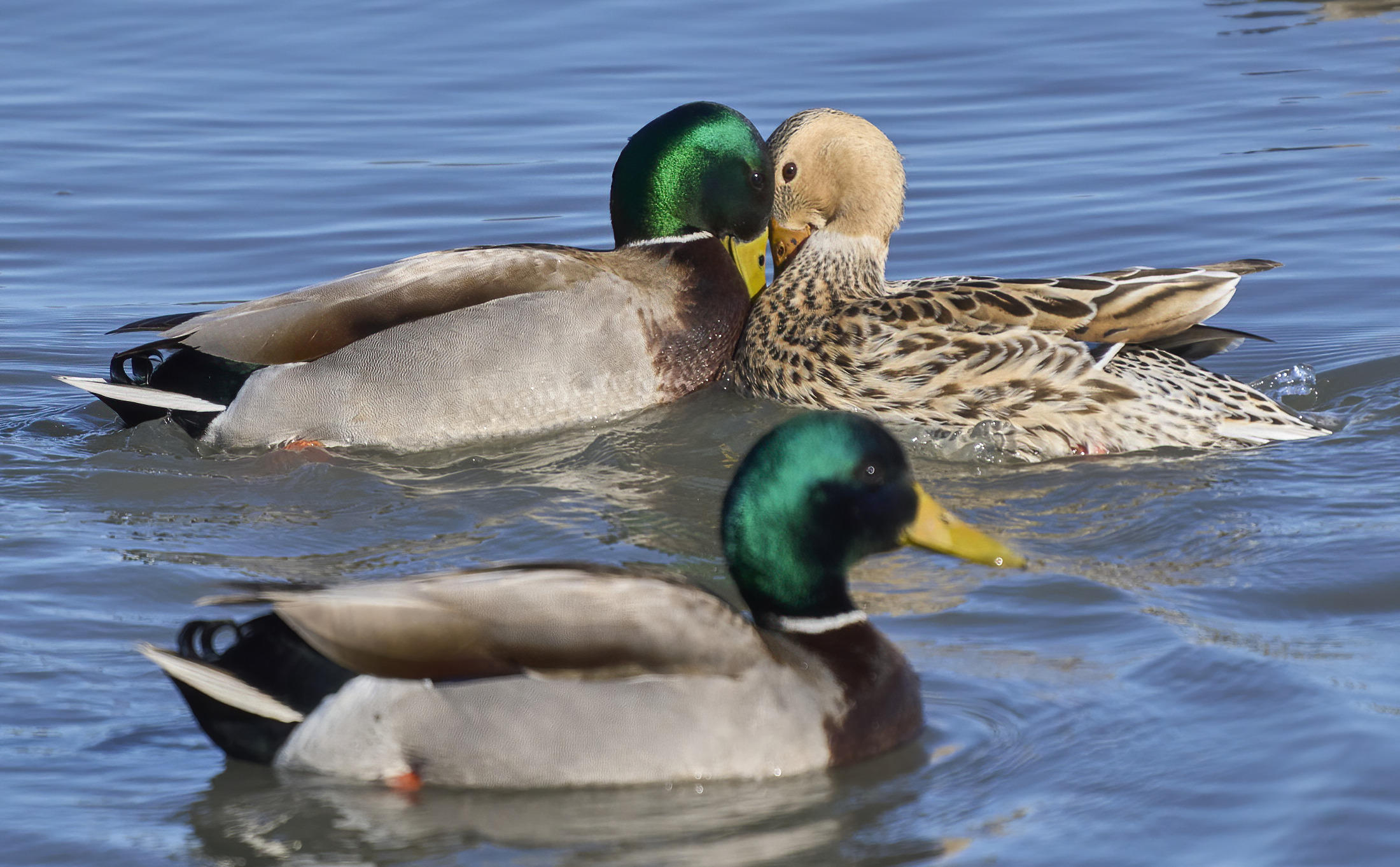
An adult Double-crested cormorant
Sony A1 rig. 1/3200, F9, iso1000, 560mm
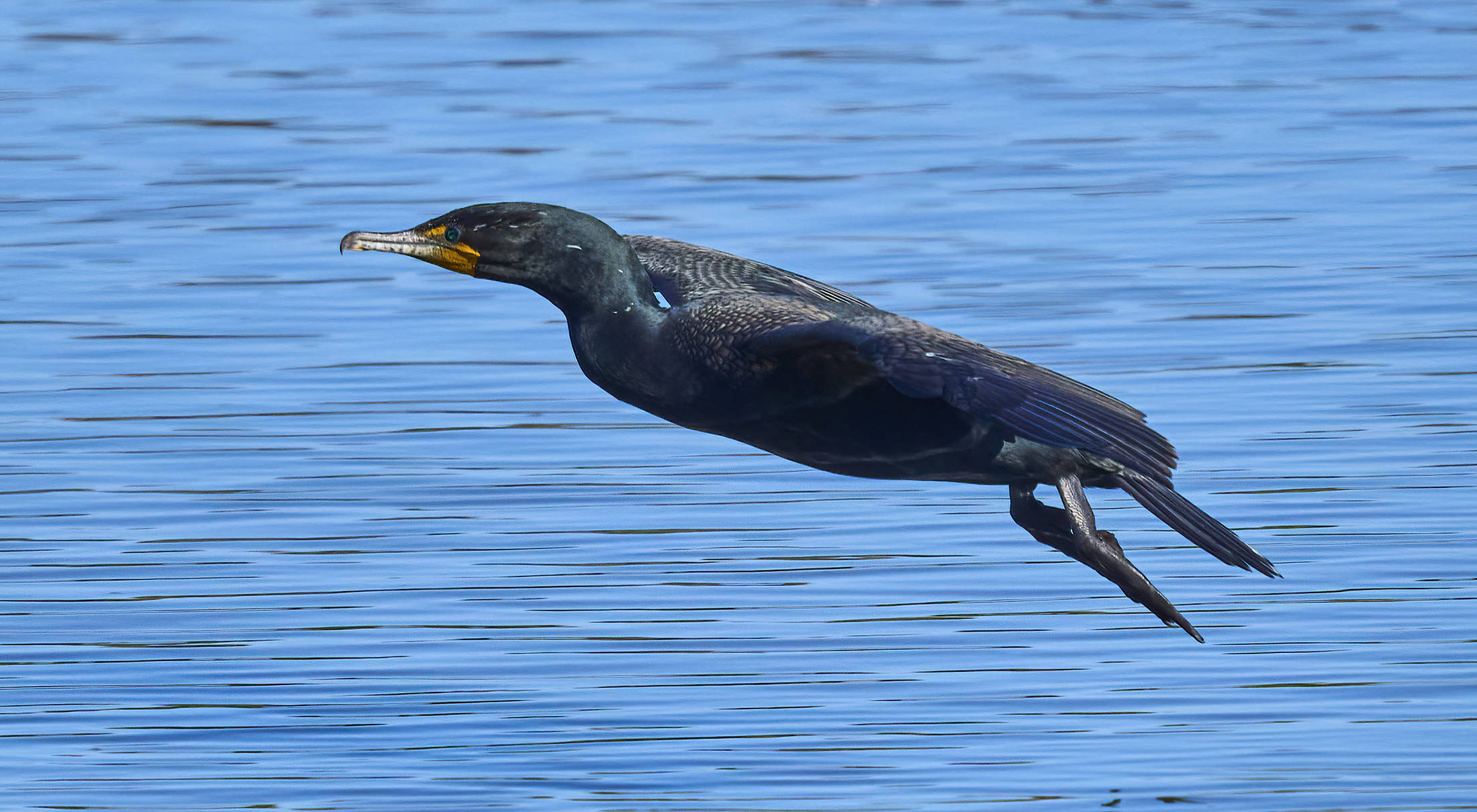
Sony A1 rig. 1/3200, F9, iso2000, 840mm
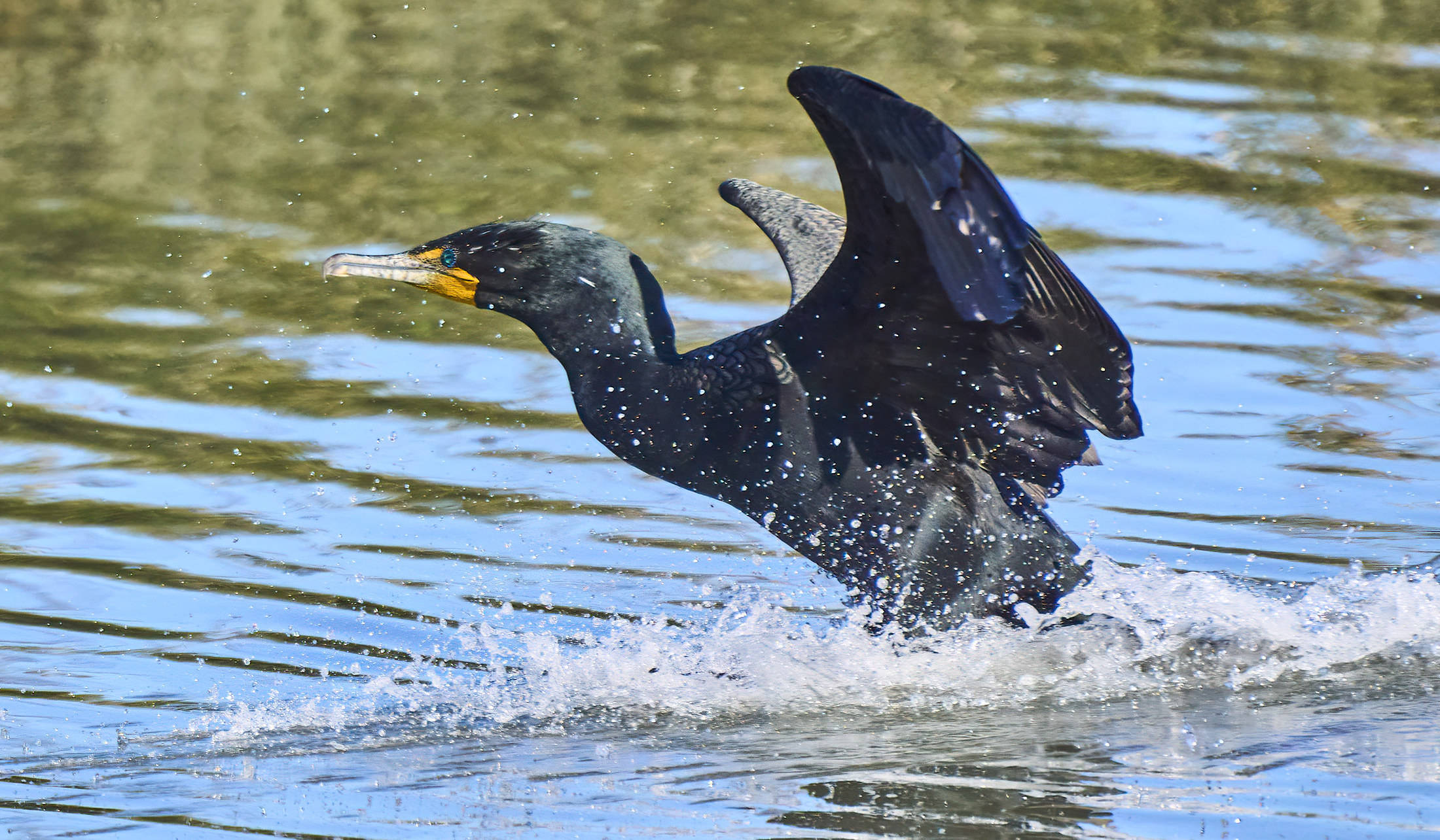
Sony A1 rig. 1/3200, F9, iso800, 734mm
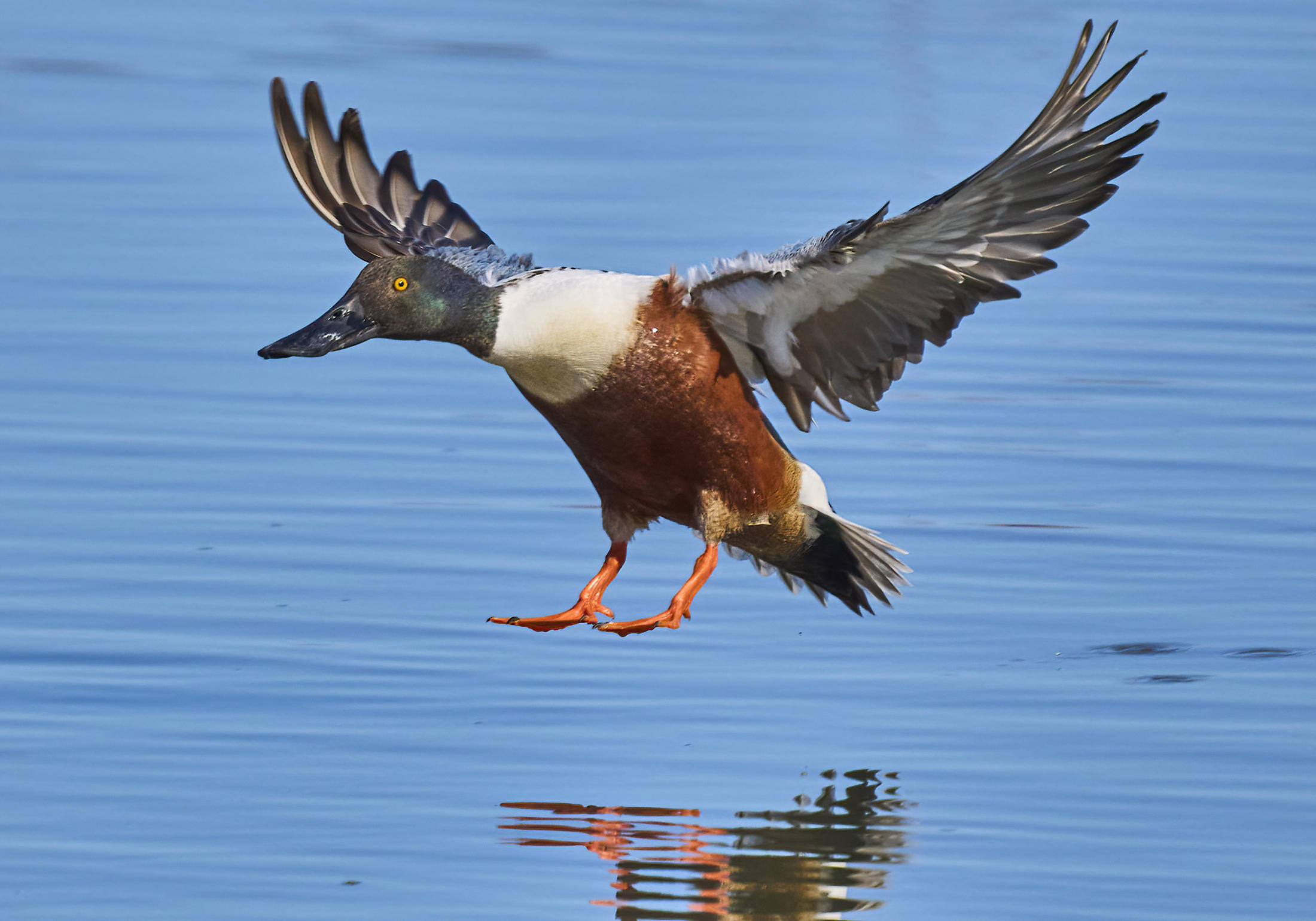
Sony A1 rig. 1/3200, F9, iso800, 734mm
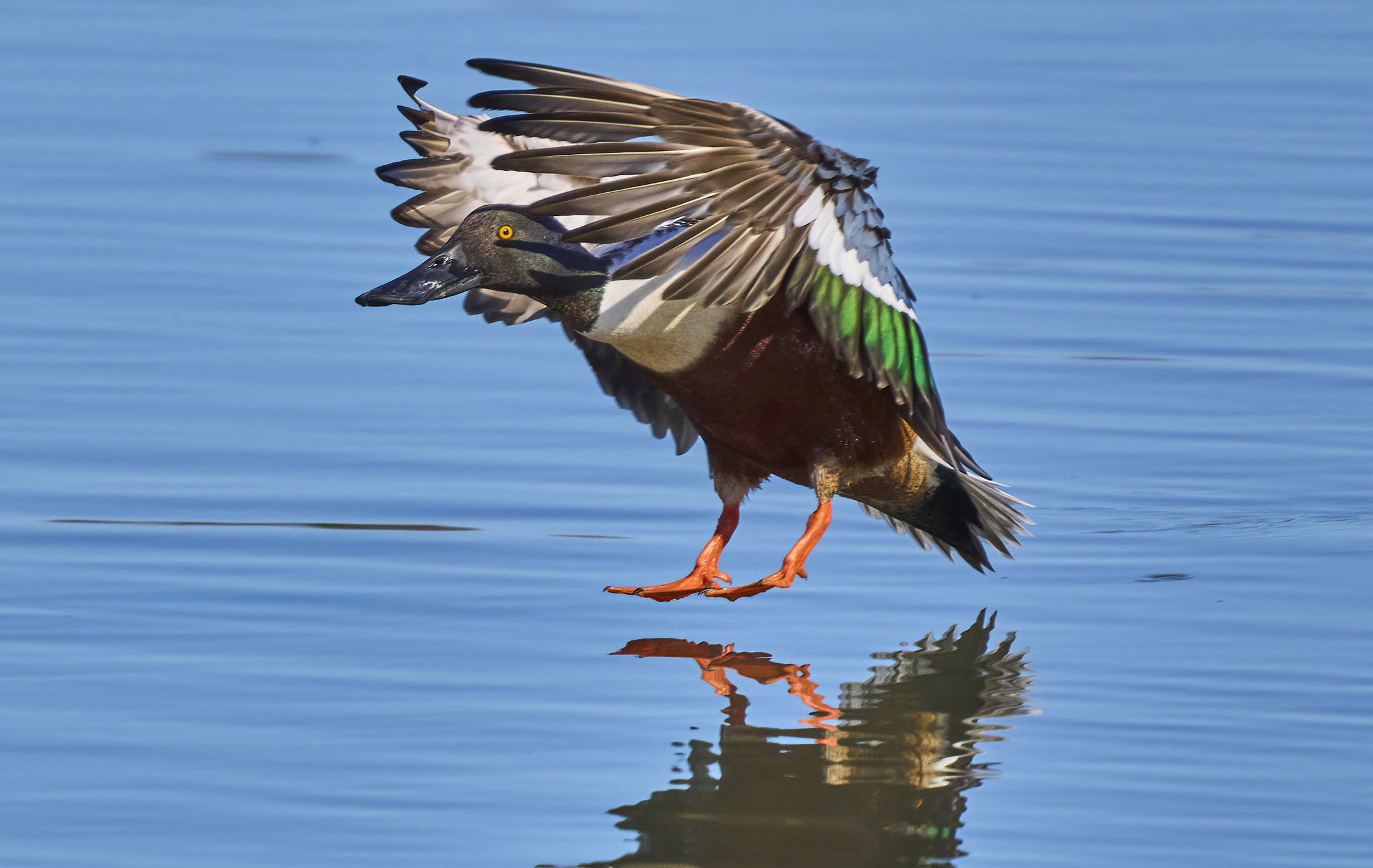
Olympus M1X rig. 1/2500, F9, iso640, 1400mm-equivalent
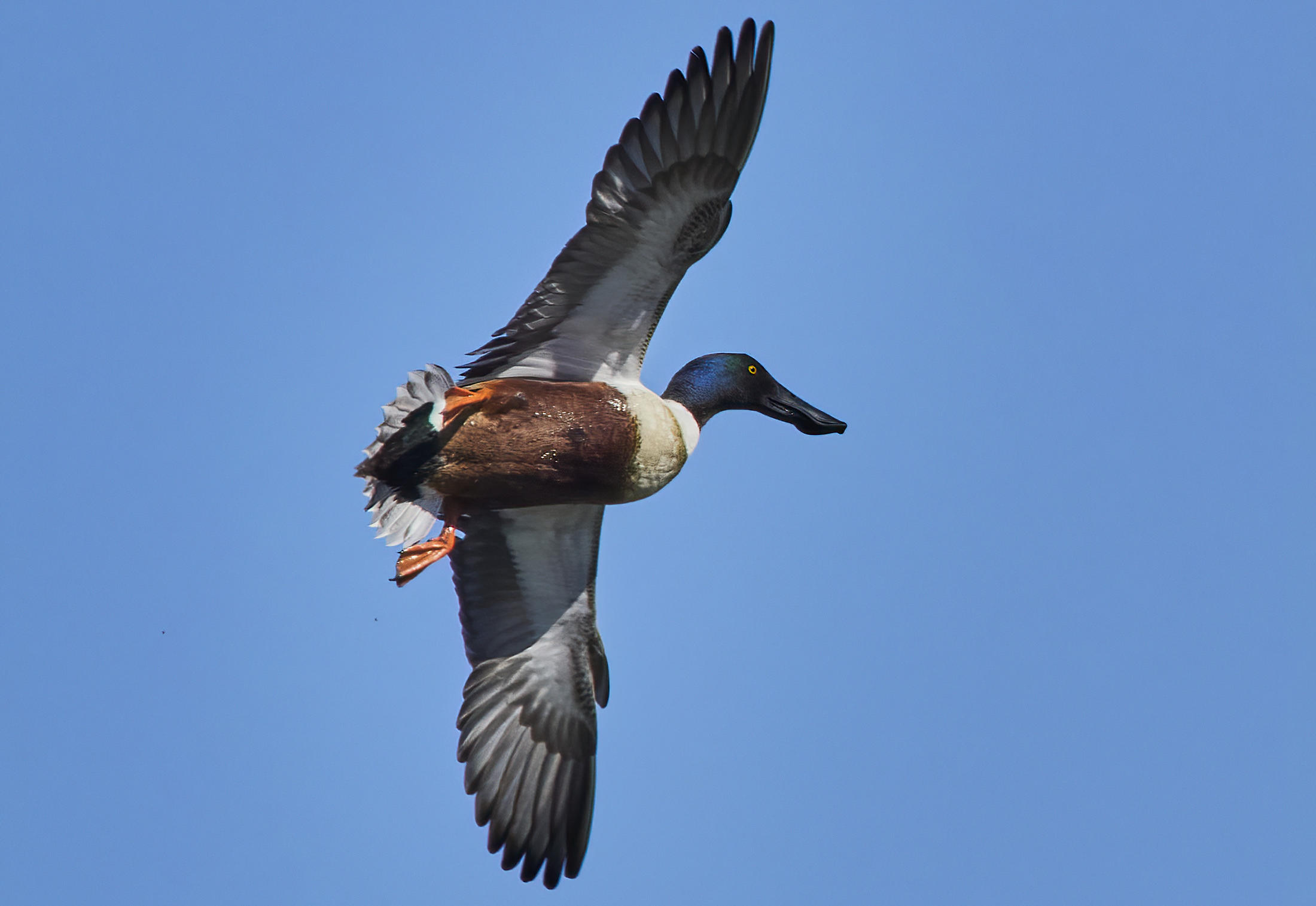
Olympus M1X rig. 1/3200, F8, iso1000, 1400mm-equivalent
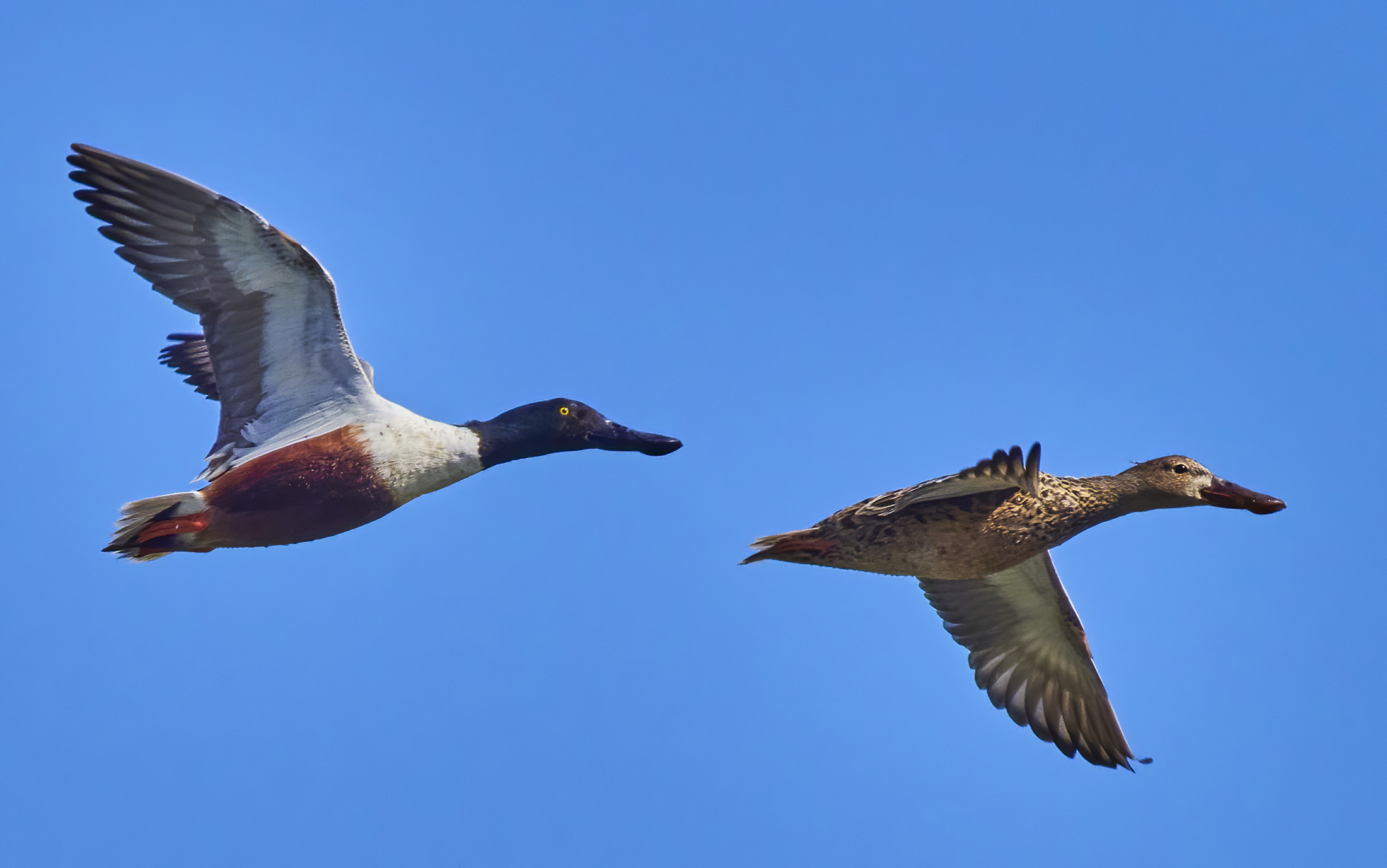
Olympus M1X rig. 1/3200, F9, iso1000, 1400mm-equivalent
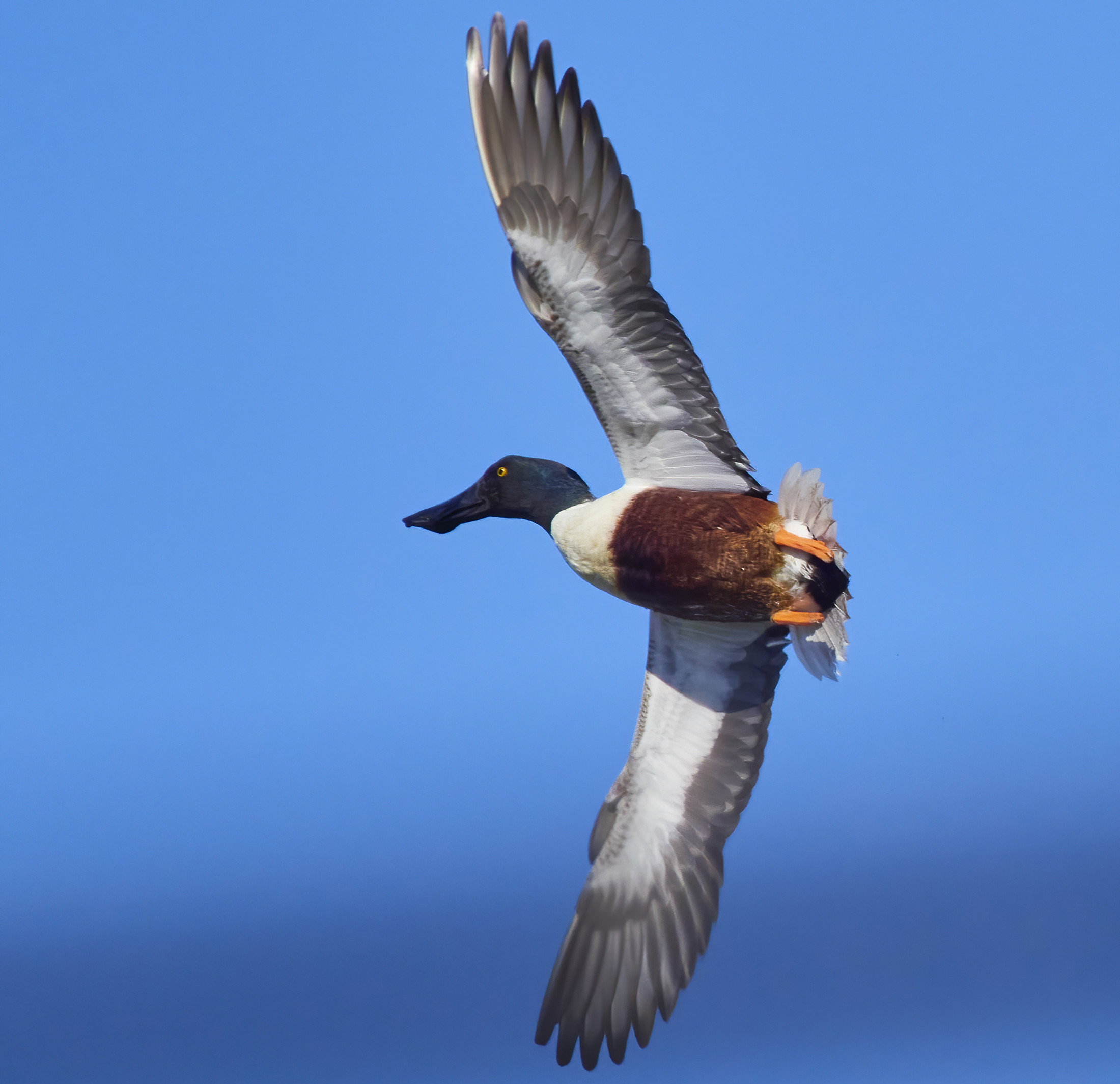
Probably a juvenile Double-crested cormorant
Olympus M1X rig. 1/3200, F9, iso1600, 920mm-equivalent
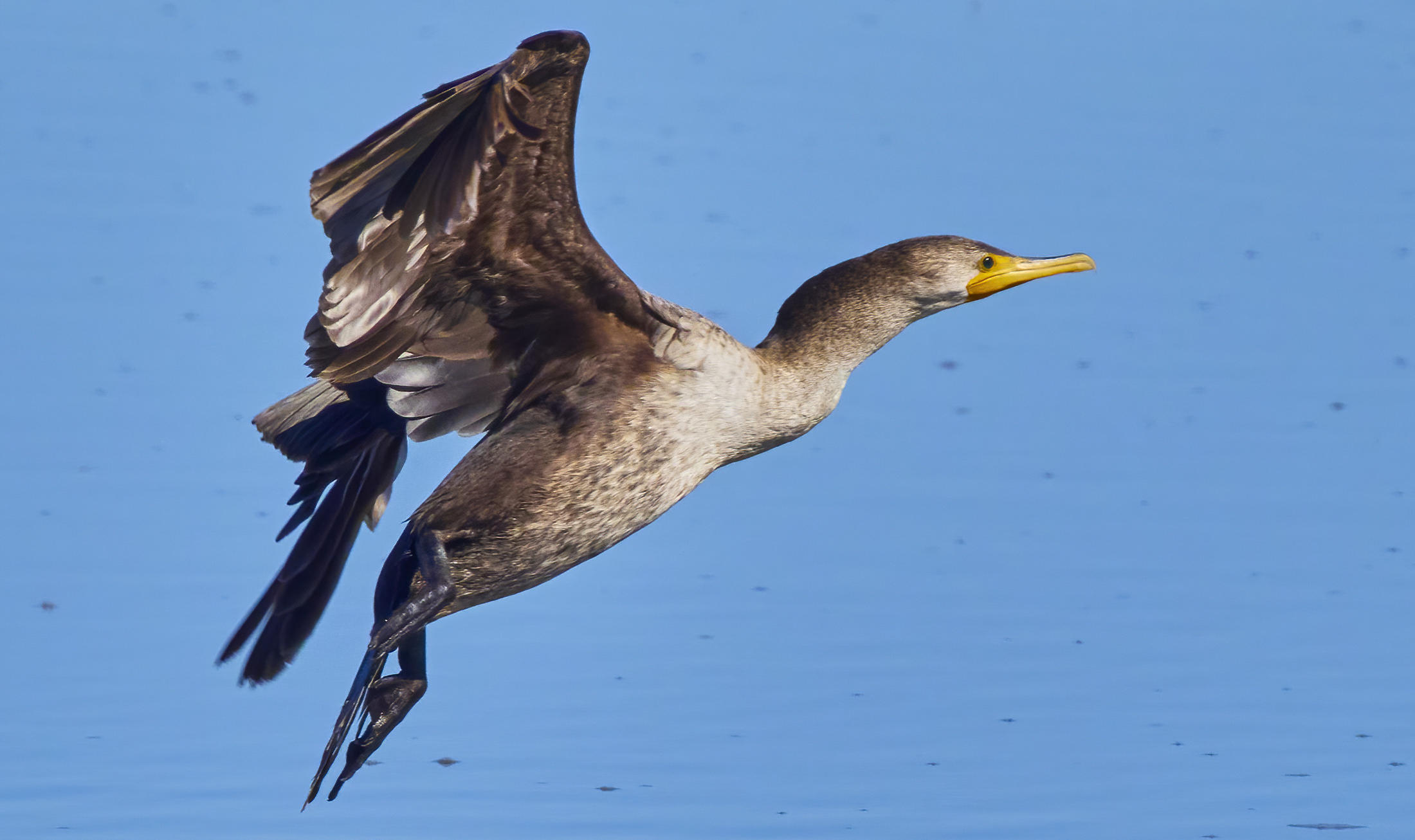
Olympus M1X rig. 1/3200, F9, iso1600, 920mm-equivalent
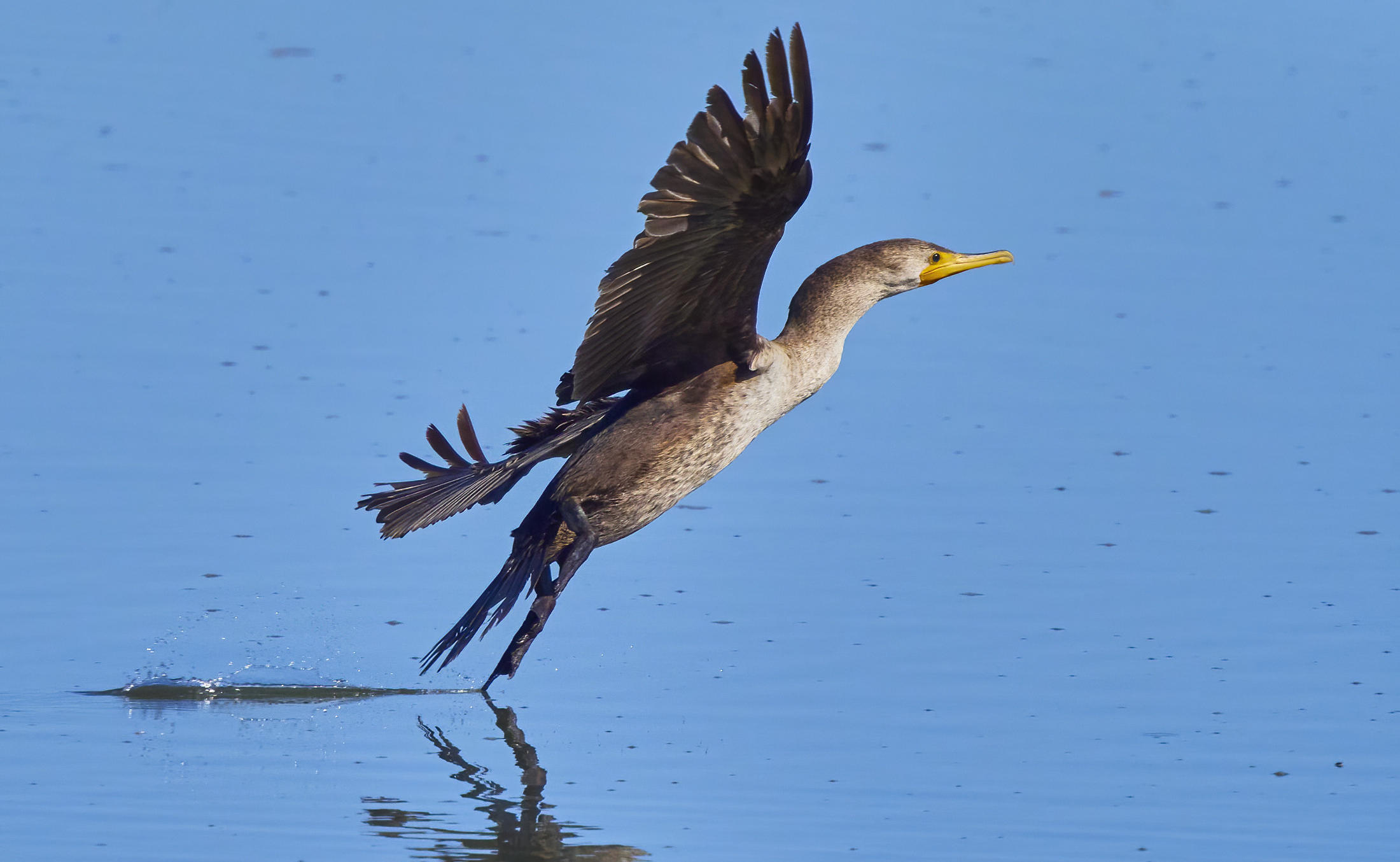
Olympus M1X rig. 1/3200, F9, iso1600, 920mm-equivalent
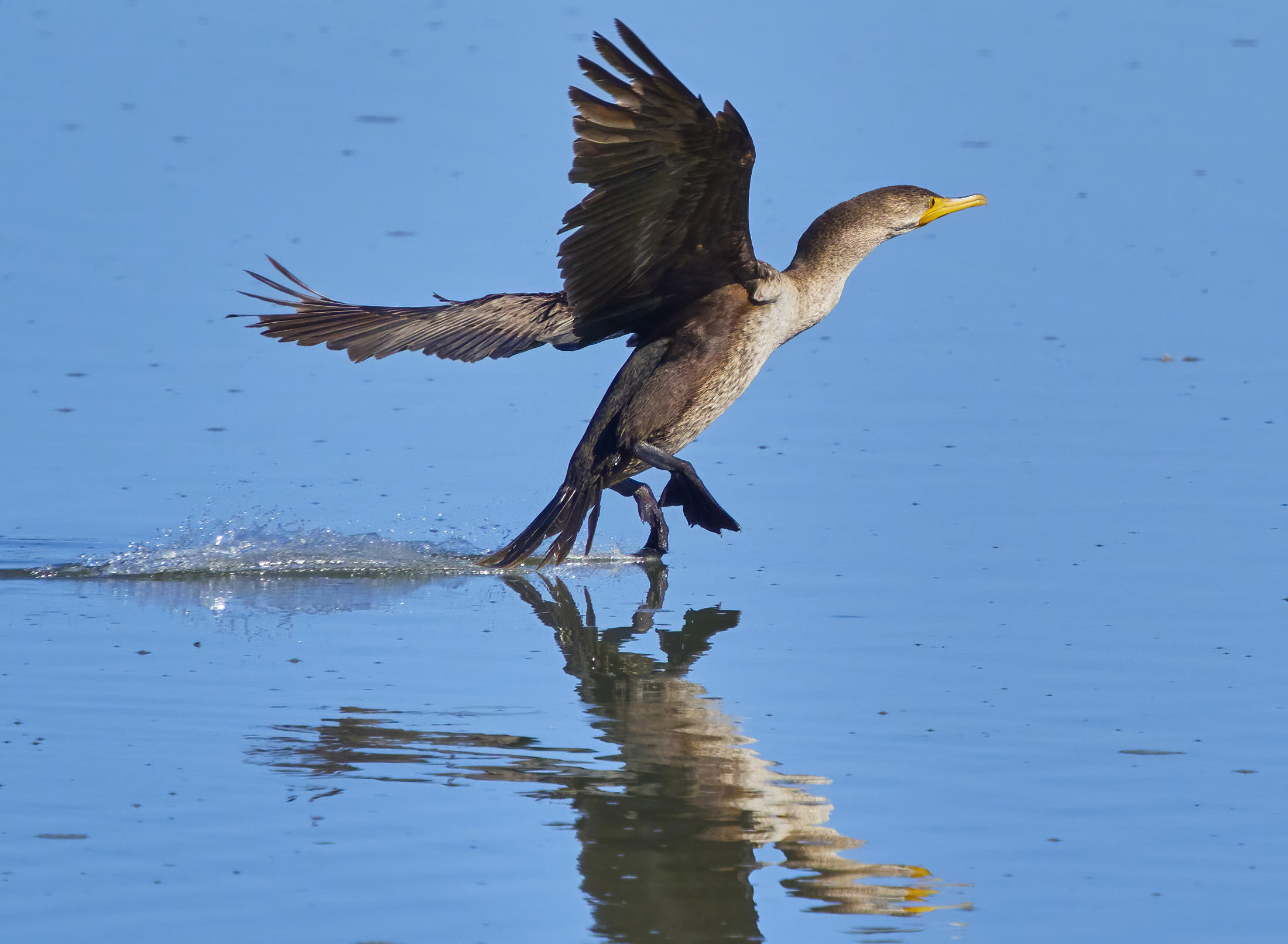
While the Sony A1 tracks BIF better, the Olympus M1X is also capable of tracking birds flying head-on and in-focus.
Olympus M1X rig. 1/3200, F8, iso800, 1400mm-equivalent
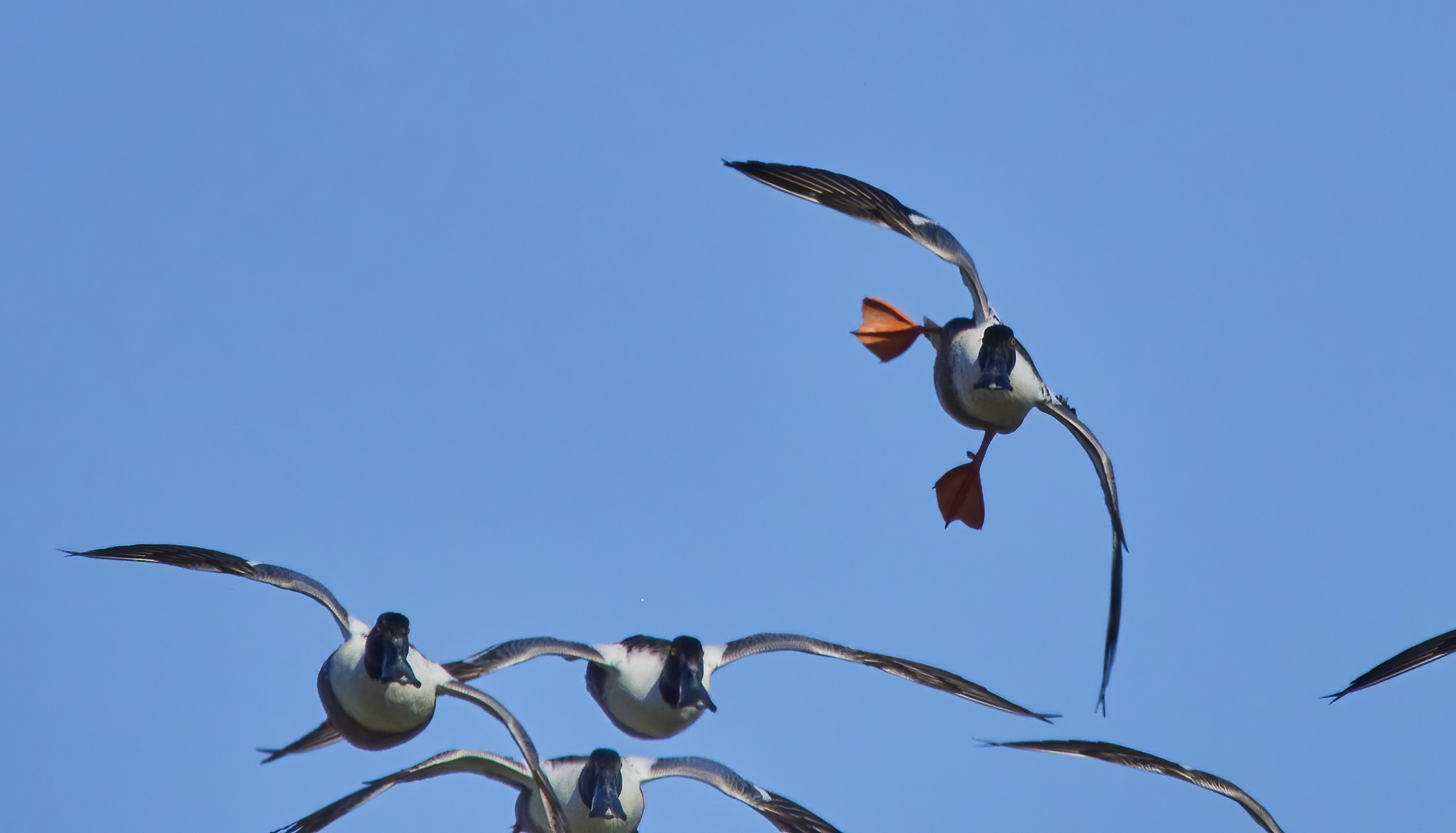
Like the Sony A1, the Olympus M1X can be configured so the focus point won't switch to a busy background
Olympus M1X rig. 1/3200, F9, iso2000, 1050mm-equivalent
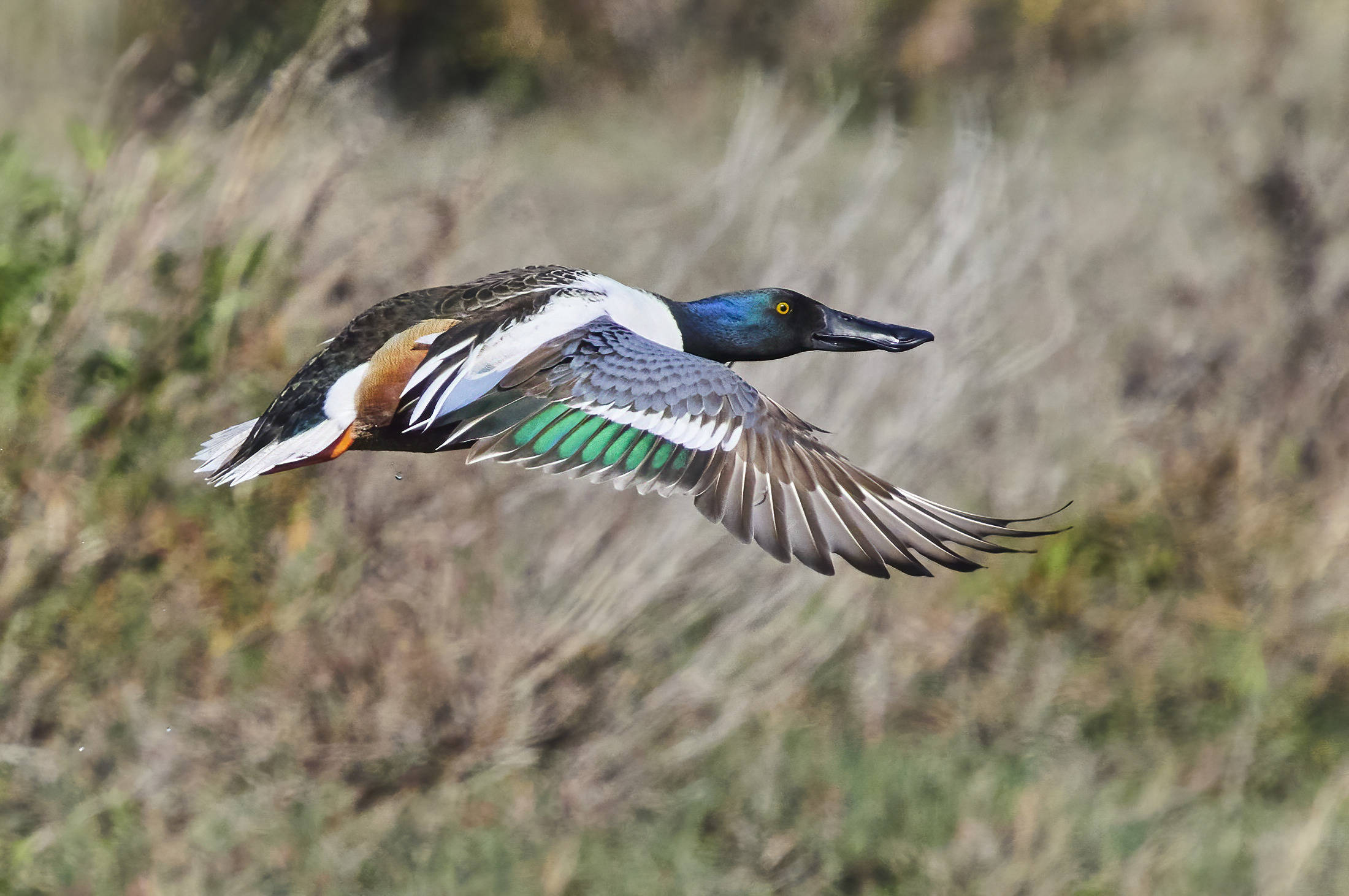
Olympus M1X rig. 1/3200, F9, iso2000, 1050mm-equivalent
